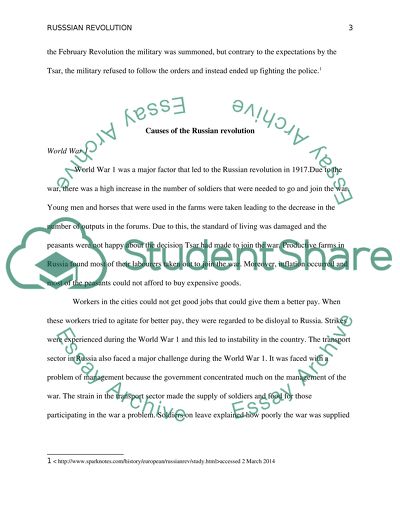Cite this document
(“Russian Revolution Essay Example | Topics and Well Written Essays - 1500 words”, n.d.)
Retrieved from https://studentshare.org/history/1631471-russian-revolution
Retrieved from https://studentshare.org/history/1631471-russian-revolution
(Russian Revolution Essay Example | Topics and Well Written Essays - 1500 Words)
https://studentshare.org/history/1631471-russian-revolution.
https://studentshare.org/history/1631471-russian-revolution.
“Russian Revolution Essay Example | Topics and Well Written Essays - 1500 Words”, n.d. https://studentshare.org/history/1631471-russian-revolution.


